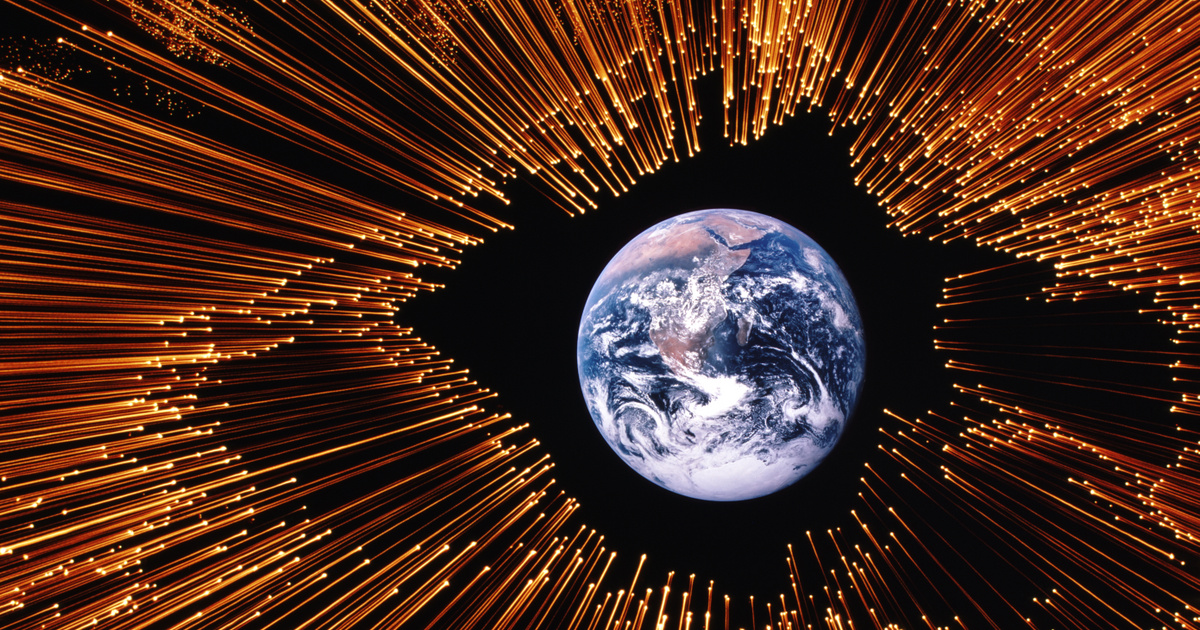According to the assumptions of astronomers, cosmic strings were formed as a result of state changes that occurred in space during the Big Bang, when the universe expanded, hot high-energy plasma cooled, but when the regions of higher and lower temperatures touched, the connection was broken, and irregularities arose, cosmic strings.
These irregularities or errors can explain the cosmic microwave background radiation that fills the entire universe, and this background radiation is evidence of the Big Bang.
Cosmologists often liken the formation of strings to the freezing of water: anomalies like cracks in ice. Strings are thinner than a proton, but very dense; a few kilometers of string can have the same mass as the Earth itself.
Conditional evidence
In 2009, the PAMELA spacecraft (payload for the exploration of antimatter and photonic nuclei astrophysics) detected a high-energy positron wave (antielectron wave) in addition to the usual radiation in space. discoverer. This could have been caused by parts of the cosmic strings detaching, creating new strings, but then collapsing and emitting large amounts of positrons.
But there are also hypotheses that the strings that have been around since the Big Bang are stable and unbreakable. But we have not yet experienced their vibrations, which could happen, for example, if they intersect and initiate particles and radiation.
Many models of the early universe predict the existence of cosmic strings, but if these strings were already there during the Big Bang, where have they disappeared to now? Were they really gone?
Light is split near a cosmic string, so if it falls on a distant galaxy in our field of vision, the image of that galaxy is split into two parts. this can be detected And in September 2023, when they found a strange pair of galaxies that could stabilize the folds of the universe. The two galaxies may only appear as if they are separate objects, but it is actually the duality of light that causes the illusion. This could be caused by the cosmic thread that exists between us and the galaxy through the formation of gravitational lensing.
unstable position
A new experiment led by researchers at the Kavli Institute for Physics and Mathematics in Japan Stady Cosmic strings may not be as stable as we thought. Its state may be characterized more by an organization known in physics as quasi-stable, meaning that its equilibrium position becomes unstable due to a large disturbance or deviation and is forced into a new arrangement.
According to Japanese researchers, other entities such as magnetic monopoles could destabilize the cosmic chain. Such magnetic poles could be created in the early period of the universe, and their special feature is that the north and south poles are not coupled, but move independently of each other, unlike an ordinary magnet, which even at the atomic level has inseparable dipolarity.
Cosmic strings can contain monopoles with antipoles near them, annihilating each other, and the energy released in this process can split the cosmic string in two. Then the process of destabilization begins, and the cosmic string vibrates and dissolves in the universe, leading to the birth of gravitational waves. This could really shake the universe.














































